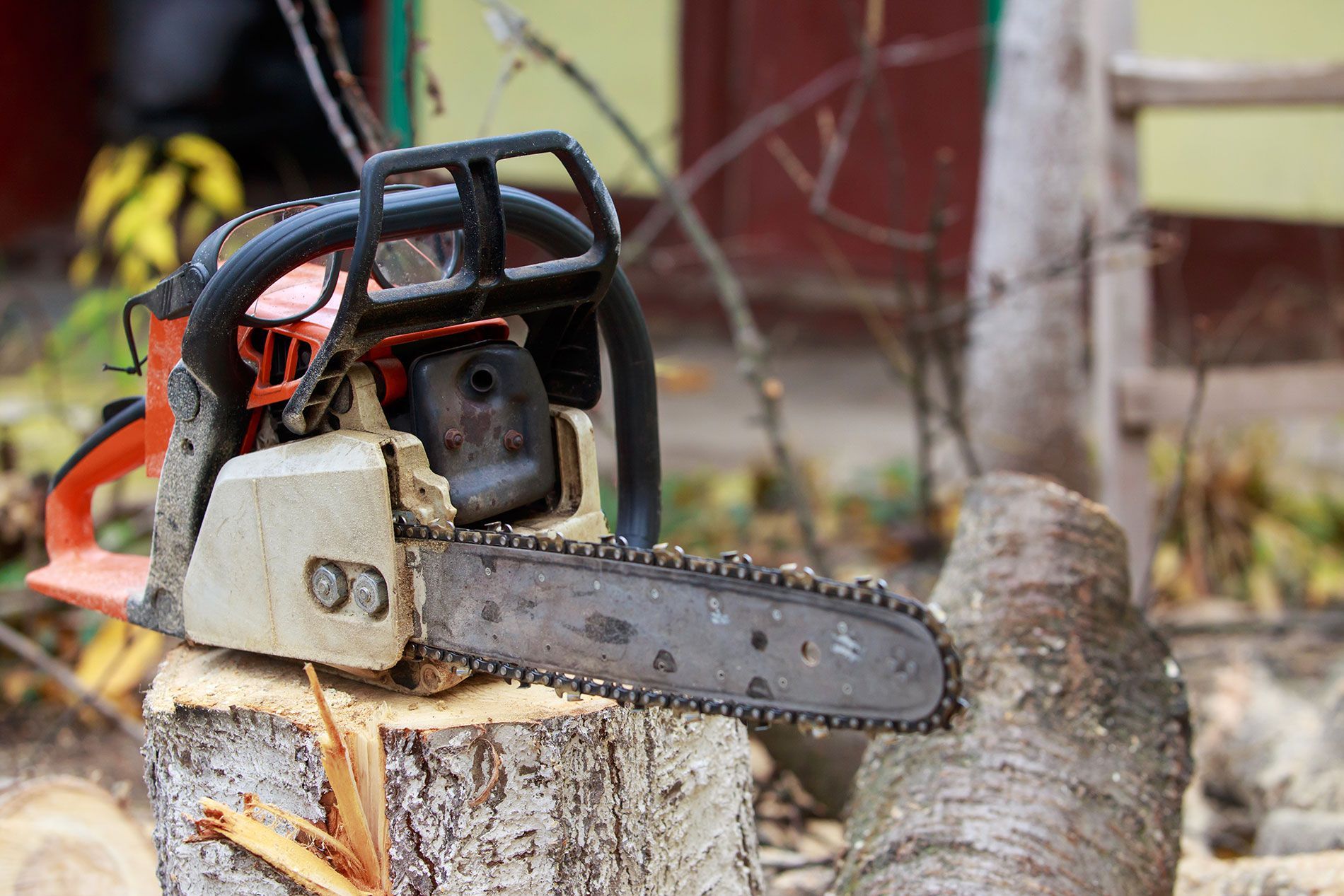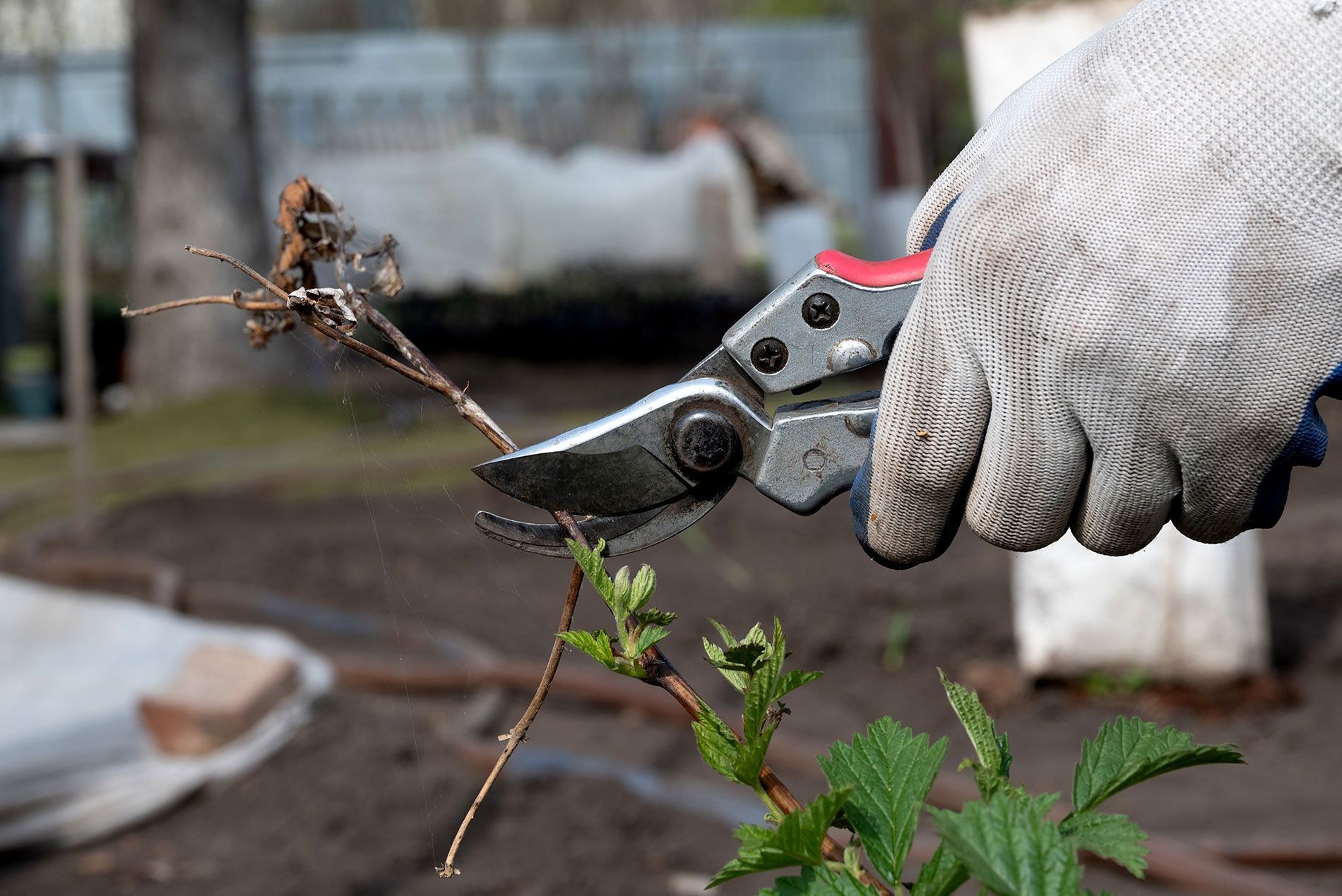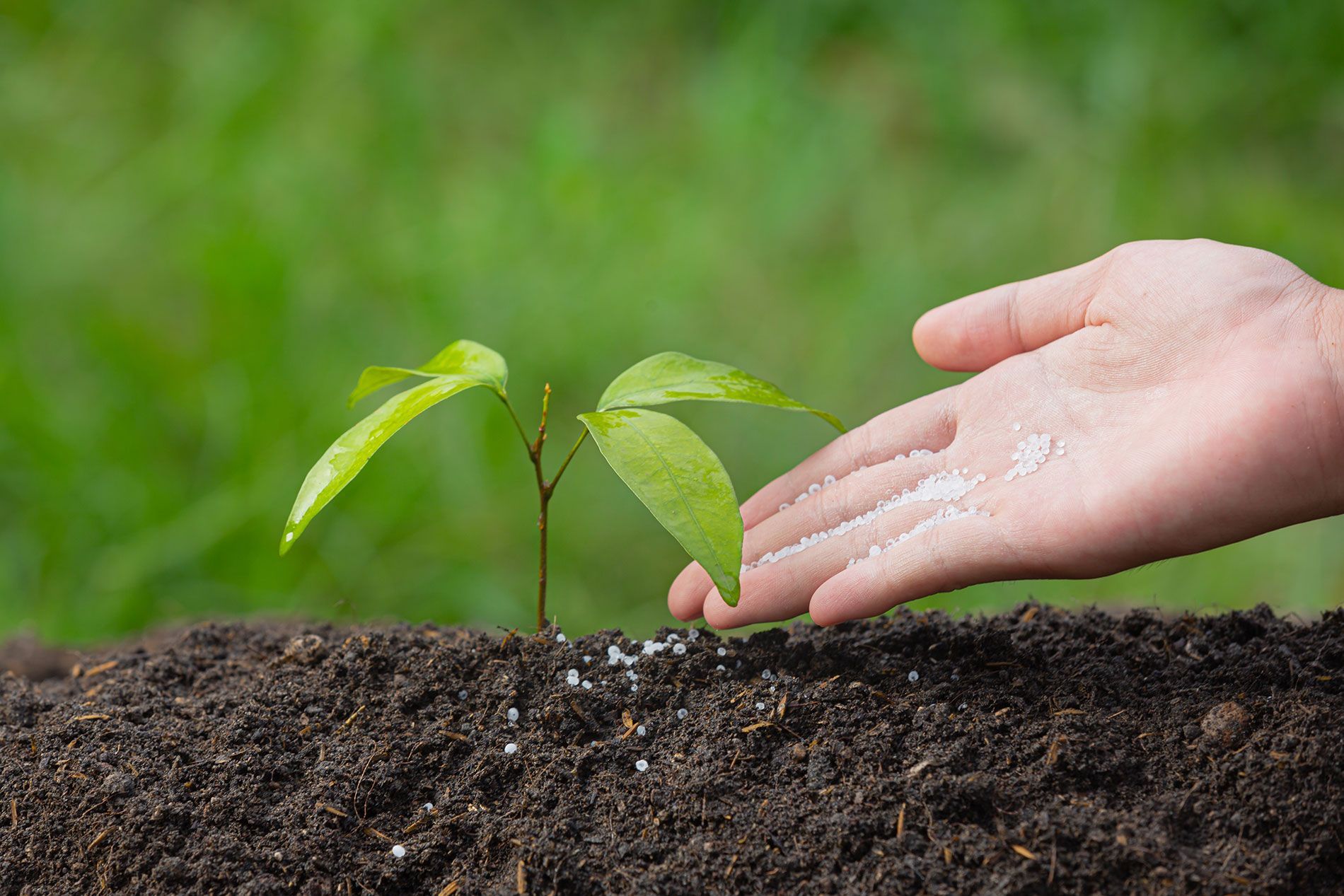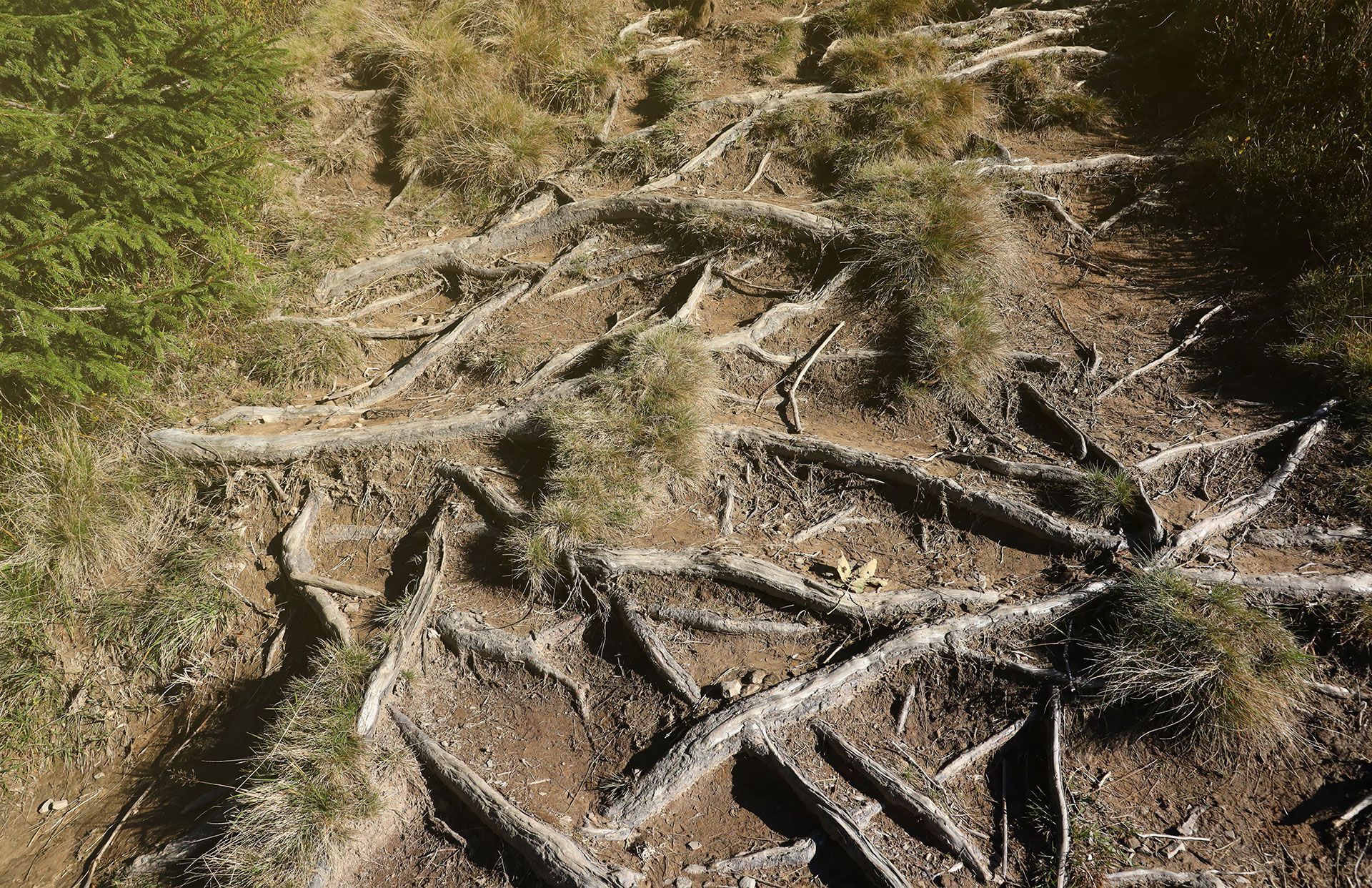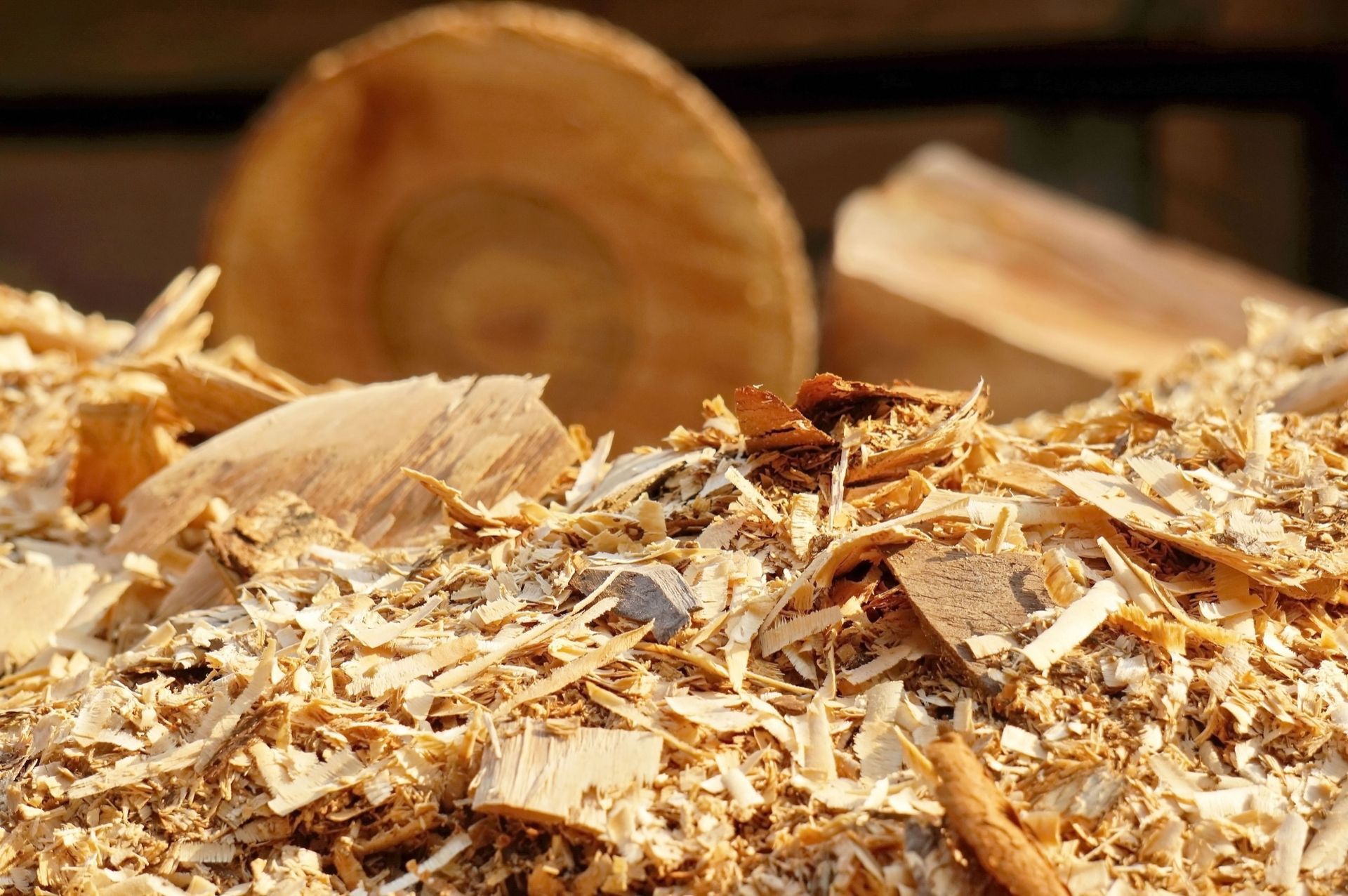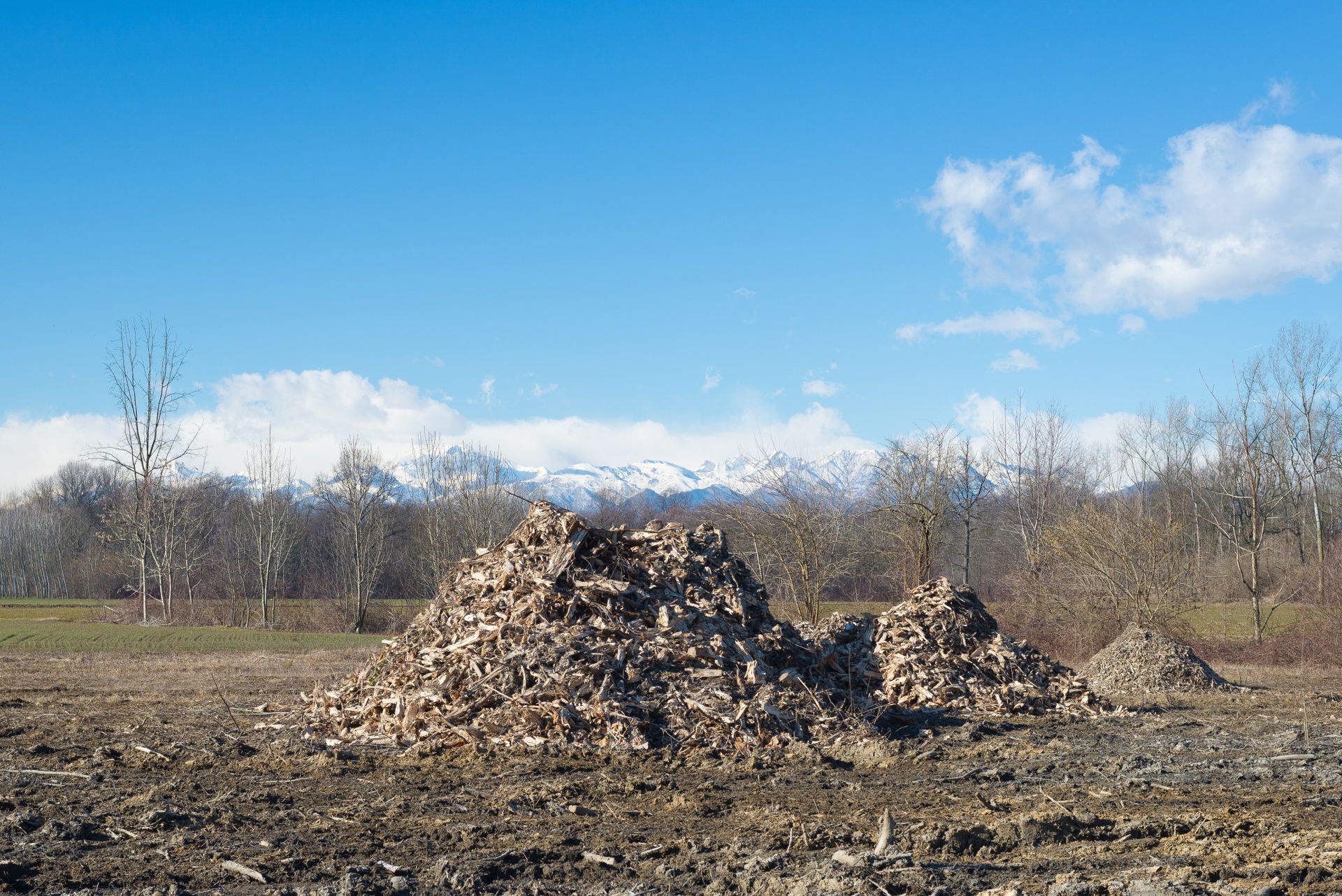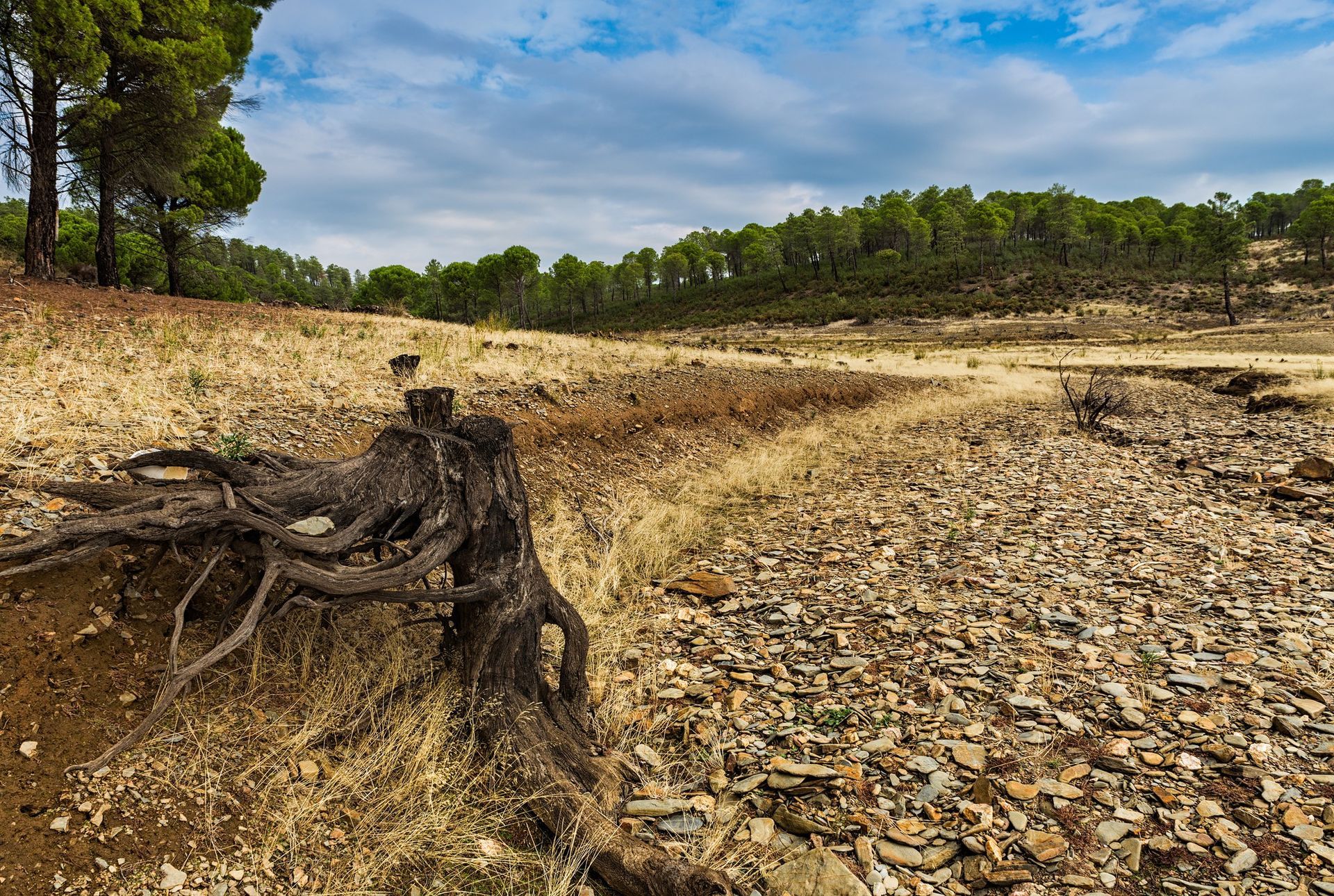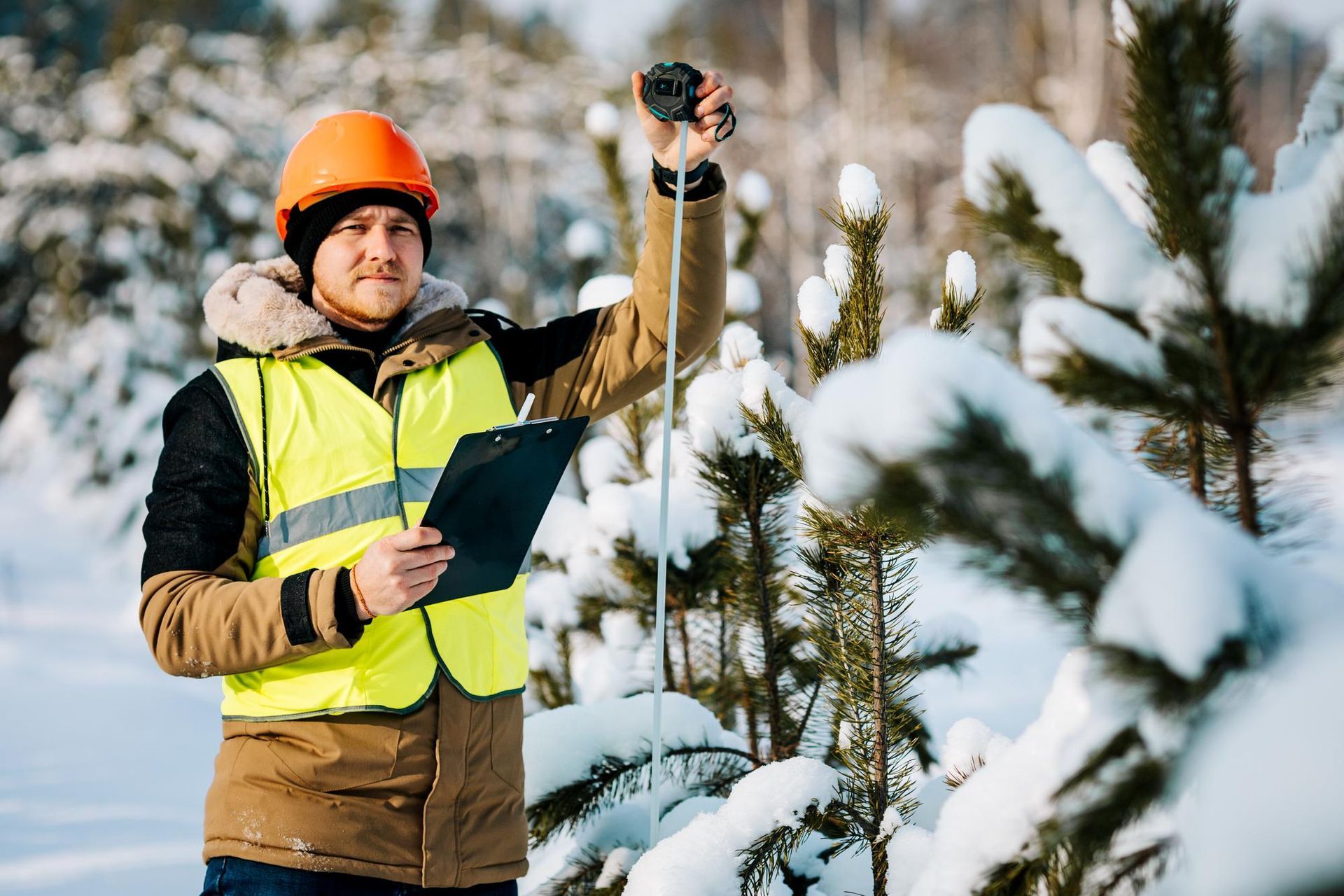Clearing A Wooded Land: Turning Wilderness into A Wonderland
Imagine standing on the edge of a dense, untamed forest. The towering trees and overgrown underbrush seem impenetrable, but beneath the chaos lies a hidden gem waiting to be revealed. In this blog, we'll explore the art of "clearing wooded land" and turning wilderness into a wonderland. Whether you're envisioning a cozy cabin retreat, a thriving garden oasis, or a recreational haven, this guide will provide you with the insights and expertise needed to transform your wooded paradise into a place of beauty and functionality.
Chapter 1: The Wild Beauty of Wooded Land
Before embarking on the journey of clearing wooded land, it's crucial to fully appreciate the inherent beauty and ecological significance of these wild landscapes. Wooded areas, with their lush canopies and diverse ecosystems, hold a unique allure. Let's delve deeper into what makes wooded land so captivating:
- Biodiversity and Ecosystems:
Wooded land is a haven for biodiversity. These natural areas are teeming with various plant and animal species, creating intricate ecological webs. Ancient trees, understory plants, fungi, and wildlife form a complex and interconnected community that has evolved over centuries. As you contemplate clearing wooded land, consider the impact on these ecosystems and the opportunity to coexist with nature harmoniously.
- Scenic Beauty and Tranquility: There's an undeniable serenity that comes with wandering through a forest. The dappled sunlight filtering through the canopy, the rustling of leaves, and the chorus of birdsong all contribute to an atmosphere of tranquility and peace. Preserving this scenic beauty while clearing wooded land can enhance the overall ambiance of your transformed space.
- Carbon Sequestration: Wooded land plays a vital role in mitigating climate change. Trees absorb carbon dioxide from the atmosphere and store it as carbon in their biomass. This process, known as carbon sequestration, helps reduce greenhouse gas concentrations and combat global warming. When clearing wooded land, consider replanting trees to continue this crucial environmental service.
- Wildlife Habitat: Wooded areas provide essential habitats for a wide range of wildlife, including birds, mammals, insects, and amphibians. The shelter, food sources, and nesting sites offered by wooded land are vital for sustaining these populations. When planning your project, take steps to preserve existing wildlife habitats or create new ones to support
local fauna.
- Recreational Opportunities: Beyond their ecological significance, wooded landscapes offer fantastic recreational opportunities. Whether you enjoy hiking, birdwatching, camping, or simply taking leisurely walks in the woods, these areas provide a sanctuary for outdoor enthusiasts. As you clear and transform your wooded land, consider how you can integrate recreational spaces while preserving the natural beauty.
- Educational Value: Wooded land can be an educational treasure trove. It offers a hands-on classroom for learning about ecosystems, plant identification, wildlife behavior, and the delicate balance of nature. If you have children or are passionate about environmental education, consider how your cleared land can become a source of knowledge and wonder for future generations.
Chapter 2: Planning Your Vision
Clearing wooded land is a significant undertaking, and meticulous planning is essential to ensure that your vision aligns with the natural landscape and regulatory requirements. Here, we'll delve into the key elements of planning in more detail:
- Purpose and Land Use: Before you embark on clearing wooded land, define the purpose of the cleared area. Are you planning to build a residence, create a garden, establish a recreational space, or develop a sustainable homestead? Understanding your intended land use is the foundation of your planning process.
- Environmental Impact Assessment:
To minimize the ecological impact of land clearing, consider conducting a thorough environmental impact assessment. Consult with local environmental experts or ecologists who can provide insights into the potential effects on local flora and fauna, waterways, and ecosystems. This assessment will guide your decisions throughout the project.
- Permits and Regulations:
Clearing wooded land often requires various permits and adherence to local regulations. These regulations may govern
tree removal, wetland preservation, erosion control, and more. To avoid costly delays and penalties, research and obtain all necessary permits before commencing work.
- Budgeting and Cost Estimation: Establishing a realistic budget is crucial. Consider all expenses, including equipment rental, labor costs, disposal fees, landscaping materials, and any unexpected contingencies. A well-planned budget ensures that you have the financial resources to see your project through to completion.
- Timeline: Develop a timeline that outlines the project's stages and milestones. Clearing wooded land is a time-intensive process, and understanding the duration of each phase will help you manage expectations and coordinate efforts effectively.
Chapter 3: The Clearing Process
Now, let's delve into the heart of the matter – the clearing process. Clearing wooded land is a meticulous task that involves several key steps:
- Assessment: Begin by surveying the land to identify potential obstacles like large trees, rocks, and wetlands. Understanding the terrain will help you plan the clearing strategy.
- Tree Removal: Selectively remove trees based on your vision and environmental considerations. Consult an arborist or forestry expert for guidance on which trees to keep and which to remove.
- Underbrush Clearance: Clear underbrush and invasive plants that can hinder your project. This step requires thorough attention to detail.
- Stump Removal: Decide whether to remove tree stumps or leave them as natural features. Stump removal can be labor-intensive but may be necessary for certain projects.
- Grading: Level the land and create the desired topography. Proper grading ensures proper drainage and foundation stability.
- Waste Management: Dispose of cleared vegetation and debris responsibly, following local regulations. Consider recycling or repurposing materials when possible.
Chapter 4: Environmental Considerations
Clearing wooded land should always be carried out with environmental sensitivity in mind. The preservation of ecosystems and native species is crucial. Here are some eco-friendly practices to incorporate into your project:
- Habitat Preservation: Leave natural habitats intact whenever possible. Create buffer zones around water bodies and protect critical wildlife habitats.
- Reforestation: Consider replanting native trees and vegetation to restore the ecological balance after clearing.
- Erosion Control: Implement erosion control measures like silt fences and straw bales to prevent soil erosion during and after clearing.
- Water Management: Manage stormwater runoff effectively to prevent pollution of nearby water sources.
Chapter 5: Landscaping and Design
With your land cleared and the environment preserved, it's time to bring your vision to life. Landscaping and design play a pivotal role in creating your wonderland. Consider these design elements:
- Pathways and Trails: Create inviting pathways or trails that wind through your wooded property, allowing you to explore and enjoy the natural beauty.
- Plant Selection: Choose native plants for landscaping to enhance the ecological balance and reduce maintenance requirements.
- Outdoor Spaces: Design outdoor living areas, such as patios, decks, or fire pits, to make the most of your cleared land.
- Garden Spaces: Develop garden beds for flowers, herbs, or vegetables, adding color and functionality to your landscape.
- Wildlife Enhancements: Install bird feeders, birdhouses, and wildlife-friendly features to attract and support local fauna.
Chapter 6: Maintenance and Sustainability
Once your wooded land has been cleared and transformed according to your vision, ongoing maintenance is vital to ensure its continued health and beauty. Here are more details on maintaining and sustaining your cleared land:
- Regular Inspections:
Conduct regular property inspections to identify potential issues such as soil erosion, pest infestations, or tree diseases. Early detection allows for prompt intervention and minimizes long-term damage.
- Pruning and Trimming: Pruning and trimming are essential tasks to maintain the health and aesthetics of your landscape. Proper pruning promotes healthy tree growth, removes dead or diseased branches, and prevents overcrowding.
- Mulching: Apply organic mulch around trees and in garden beds. Mulch helps retain moisture, suppresses weed growth, and improves soil quality. It also acts as a natural insulator, protecting plant roots from extreme temperatures.
- Irrigation and Water Management:
Invest in an efficient irrigation system tailored to the needs of your specific plants. Water management is critical, especially during dry spells or drought conditions. Consider rainwater harvesting and drip irrigation systems to conserve water.
- Wildlife Management and Biodiversity:
Continue to support local wildlife by maintaining bird feeders, birdhouses, and wildlife-friendly features. Additionally, consider periodic biodiversity assessments to ensure that your cleared land remains ecologically diverse and balanced.
- Annual Planning and Landscape Updates: Each year, review your landscape's performance and make adjustments as necessary. This may involve updating plant selections, expanding garden areas, or enhancing outdoor living spaces. An evolving landscape can stay fresh and engaging over time.
Successful land clearing and transformation into a wonderland require thorough planning and ongoing care. By carefully considering your goals, environmental impact, permits, and budget during the planning phase, you set the stage for a sustainable and harmonious landscape. Then, through vigilant maintenance, you can ensure that your cleared wooded land remains a vibrant, beautiful, and eco-friendly space for generations to come.
Conclusion
Clearing wooded land is a transformative journey that allows you to turn wilderness into a wonderland. By carefully planning your project, considering environmental implications, and incorporating thoughtful design, you can create a harmonious space that blends the beauty of nature with human ingenuity. Remember, the key to success lies in balancing your vision with environmental stewardship, ensuring that your cleared land remains a sanctuary of beauty and sustainability for years to come.
When it comes to clearing wooded land in Columbia Falls, MT, you need a reliable and professional service provider to help you achieve your vision. Look no further than Big Mountain Tree Service at
406-261-2042. They are the best in the business, with a proven track record of clearing and transforming wooded landscapes while prioritizing environmental preservation. With their expertise, your journey from wilderness to wonderland will be guided by the hands of professionals who understand the delicate balance between your vision and the preservation of nature.
